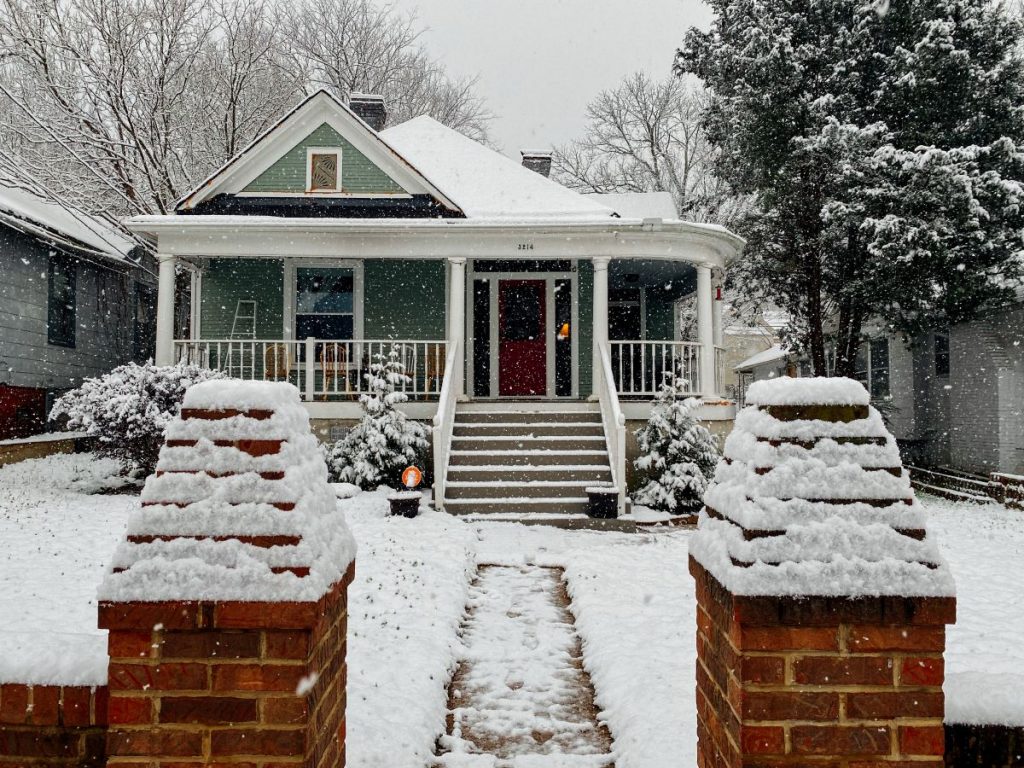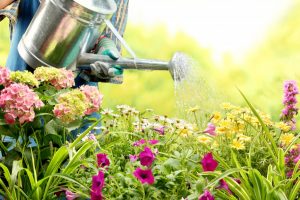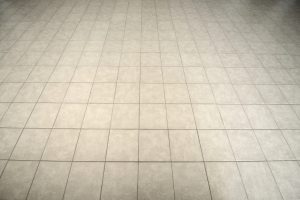Winter is just around the corner. And as we all know, the season can bring about higher energy consumption and increased waste. Nevertheless, there are many ways you can maintain your eco-friendly lifestyle during winter without having to freezer your toes off or make your holidays bleak.
Here are several strategies that can help keep your carbon footprint to a minimum during winter:
1. Be smart about snow removal
Instead of using tools that require gas or electricity to operate, remove snow the old-fashioned way by using a shovel. Alternatively, hire a trusted snow removal company that can remove snow fast enough to only use minimal energy.
You can also use eco-friendly alternatives to remove snow and ice from your property or provide traction to prevent accidents. Examples include used coffee grounds, wood chips, sand, birdseed, pickle or cheese brine, and alfalfa meal.
2. Turn down the thermostat
Turning down your thermostat by a couple of degrees may not seem like much, but it can significantly reduce your carbon emissions. And if you’re worried about being cold, turning down the temperature by two or three degrees won’t make your house freezing. Although you may notice the difference, you can easily adjust to the temperature by wearing more layers, drinking hot beverages, and using throw blankets.
It’s also imperative that you use a programmable thermostat, that is if you don’t have one yet. A programmable thermostat can be set to turn down the heat while you’re out and pick up a few minutes before you get home, effectively saving energy and keeping you comfortable at the same time.
3. Use a humidifier
The cold temperature can make your home uncomfortably dry, which can lead to respiratory irritation and difficulty breathing. Use a humidifier to ensure that your house is always at optimum humidity levels. You can even opt for a humidifier that doubles as an essential oil diffuser to make your house smell divine.

4. Weatherproof your home
Even if your home is insulated, small cracks or gaps in walls, ceilings, doors, and windows can let a significant amount of heat escape, which ultimately makes your heater work harder and thus use up more energy. To weatherproof your home, here are several things you can do aside from insulation:
- Install weather stripping on all of your doors and windows
- Use door insulator or rubber compression strips on patio doors
- Seal entry points for utility lines using expanding foam insulation
- Apply caulking in gaps and cracks on your foundation, siding, walls, etc.
5. Ditch the wrapping paper
If your family participates in the tradition of exchanging gifts for the holidays, why not ditch the gift wrapping this year? Not only is gift wrapping paper an added holiday cost that you can do without, but it is also often non-reusable and ends up in the landfills right after the holidays.
Instead of gift wrapping paper, use brown paper shopping bags instead. To make it more festive, you can dye it with different colors, paint on it, or draw holiday patterns on it. But if you don’t have time for that, a simple ribbon should be enough to make a paper bag-wrapped gift look pretty.
6. Consider not having a Christmas tree
An artificial Christmas tree can be reused for years, but it will eventually end up in the landfill and is unfortunately not biodegradable. A real tree, on the other hand, is renewable and biodegradable, but you are basically ending its life when you use it as a Christmas tree. Either way, there are environmental consequences.
So if you don’t have a Christmas tree yet, consider skipping one this year. If you absolutely must have a Christmas tree, the more eco-friendly option is to buy a real tree that is sourced in a nearby area. You should also consider renting a tree with the roots still attached so that after it is used, it can be replanted in parks or put back in nurseries.
7. Cook big batches
When cooking holiday meals or baking pastries, try to make big batches to save on energy. For example, if you’re hosting two holiday dinners that are a couple of days apart, cook big meals that can last for both dinners. Doing so can save you time and energy, while also helping you utilize all of your available ingredients.
Another great tip when cooking is to leave your oven door open after use. The remaining heat can help warm up your home for free.
Winter can be harsh on our wallets and on the environment as well. With these tips, you not only reduce your carbon footprint, but you’re also keeping your expenses at a minimum. It’s a win-win situation, so before winter rolls around, start planning on how you’re going to make the season as eco-friendly as possible.






